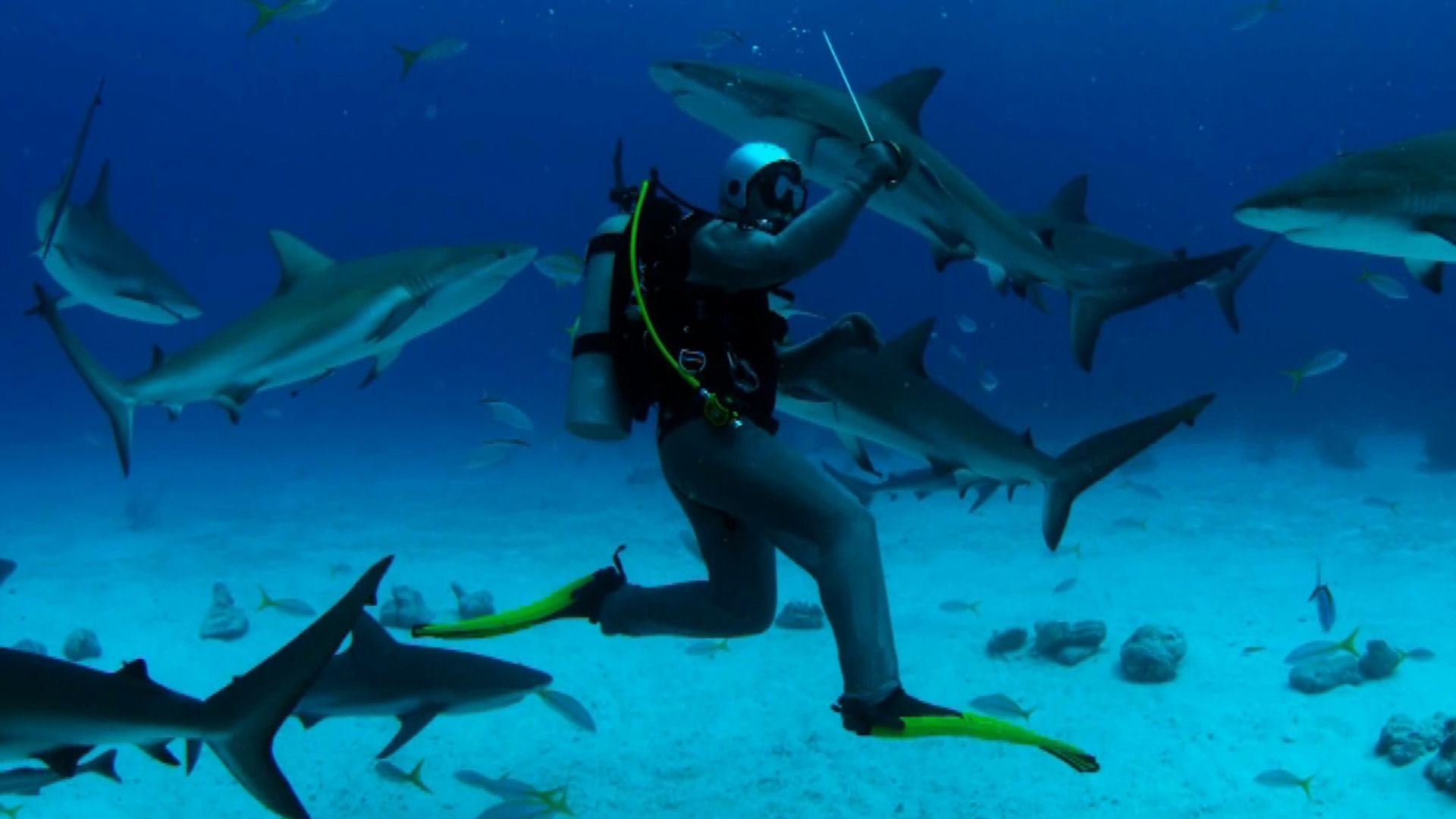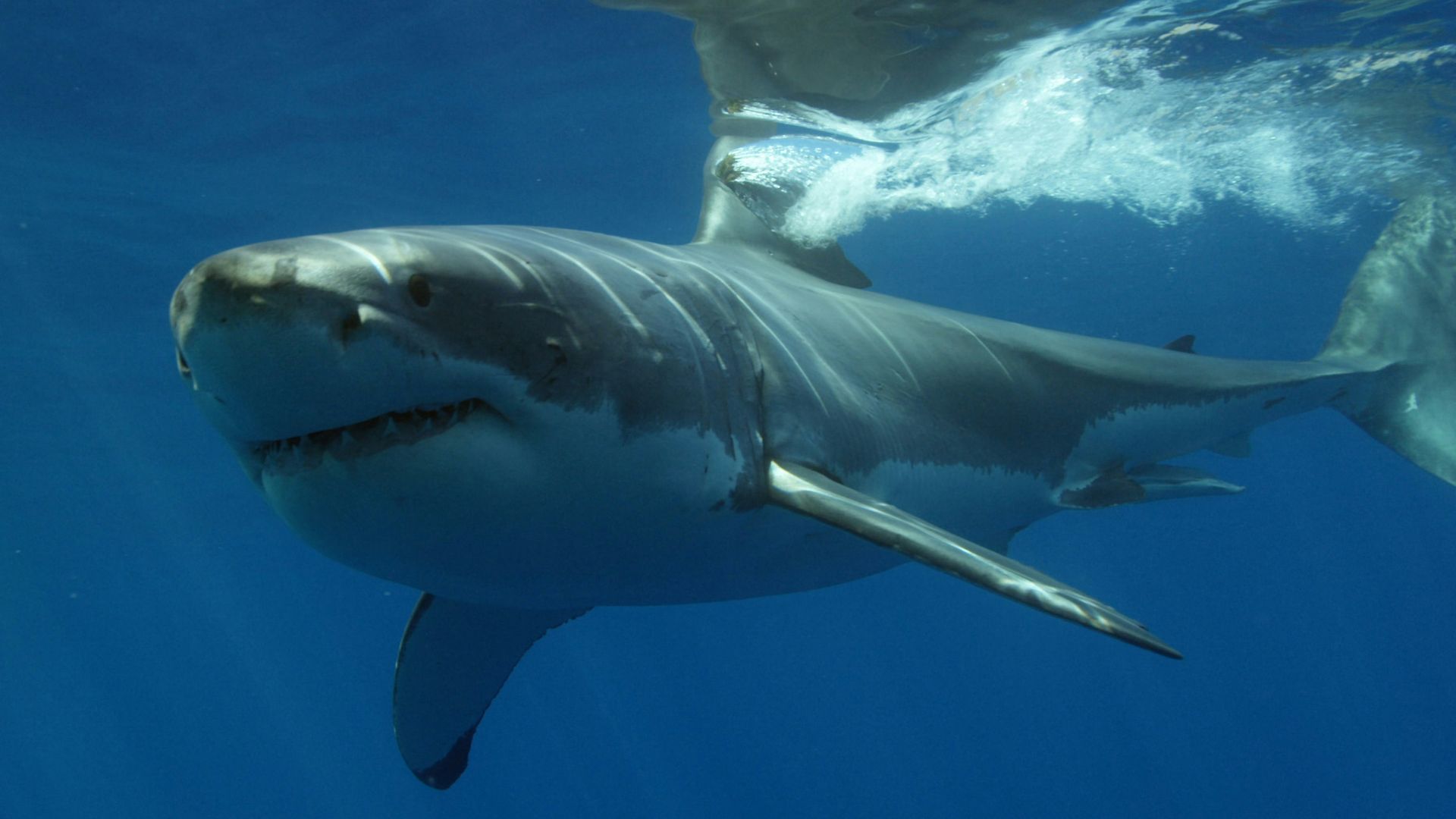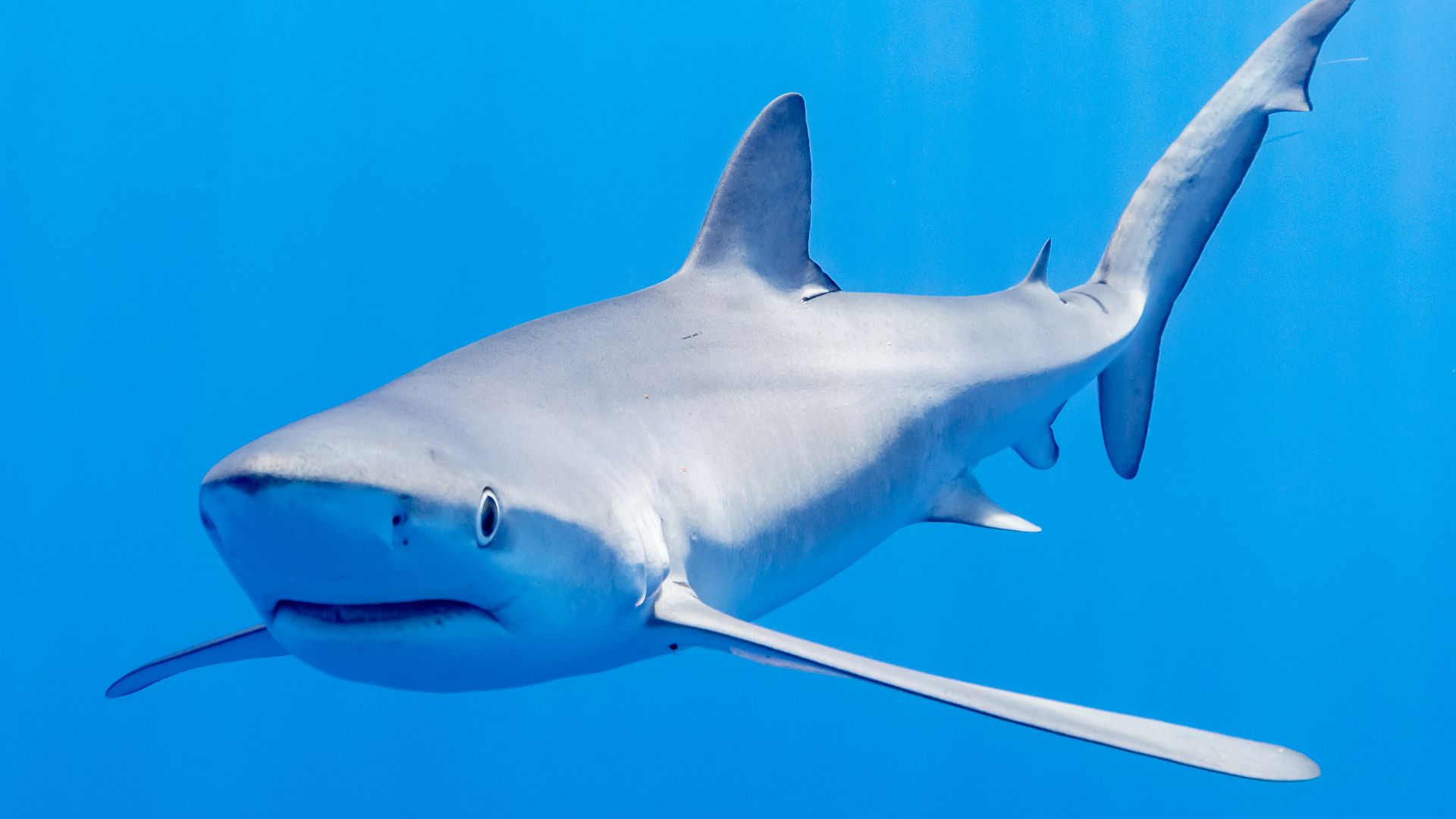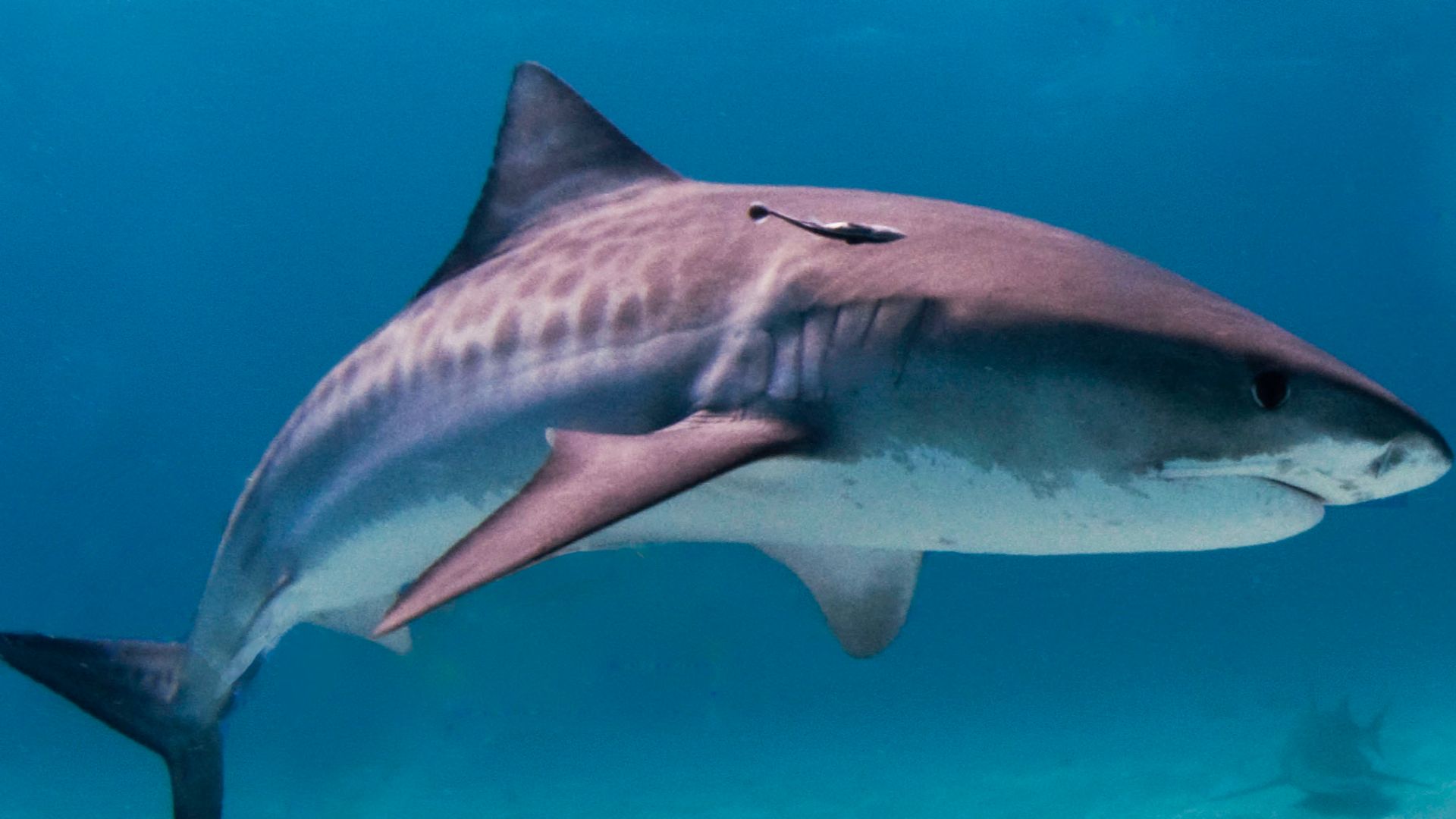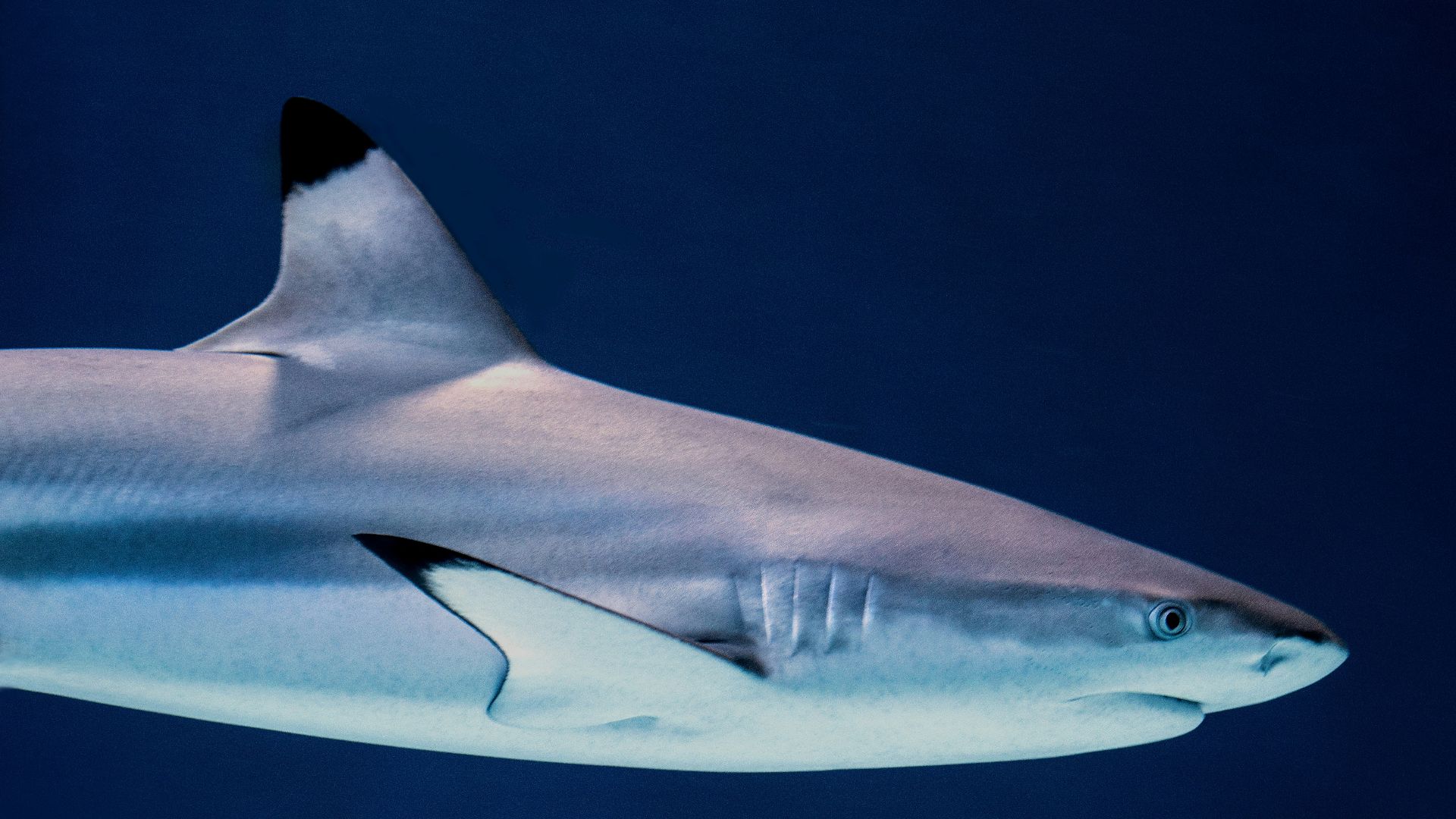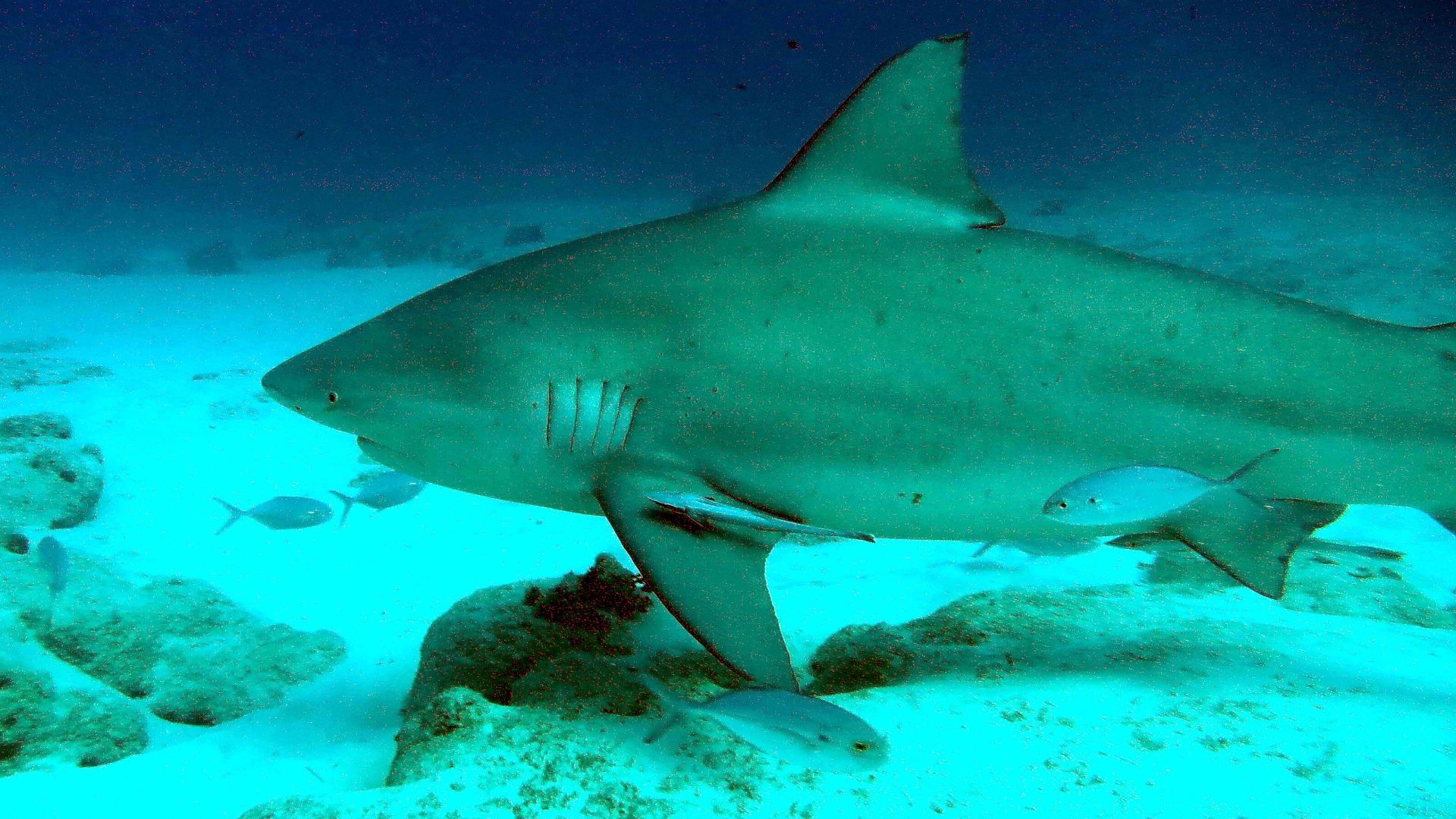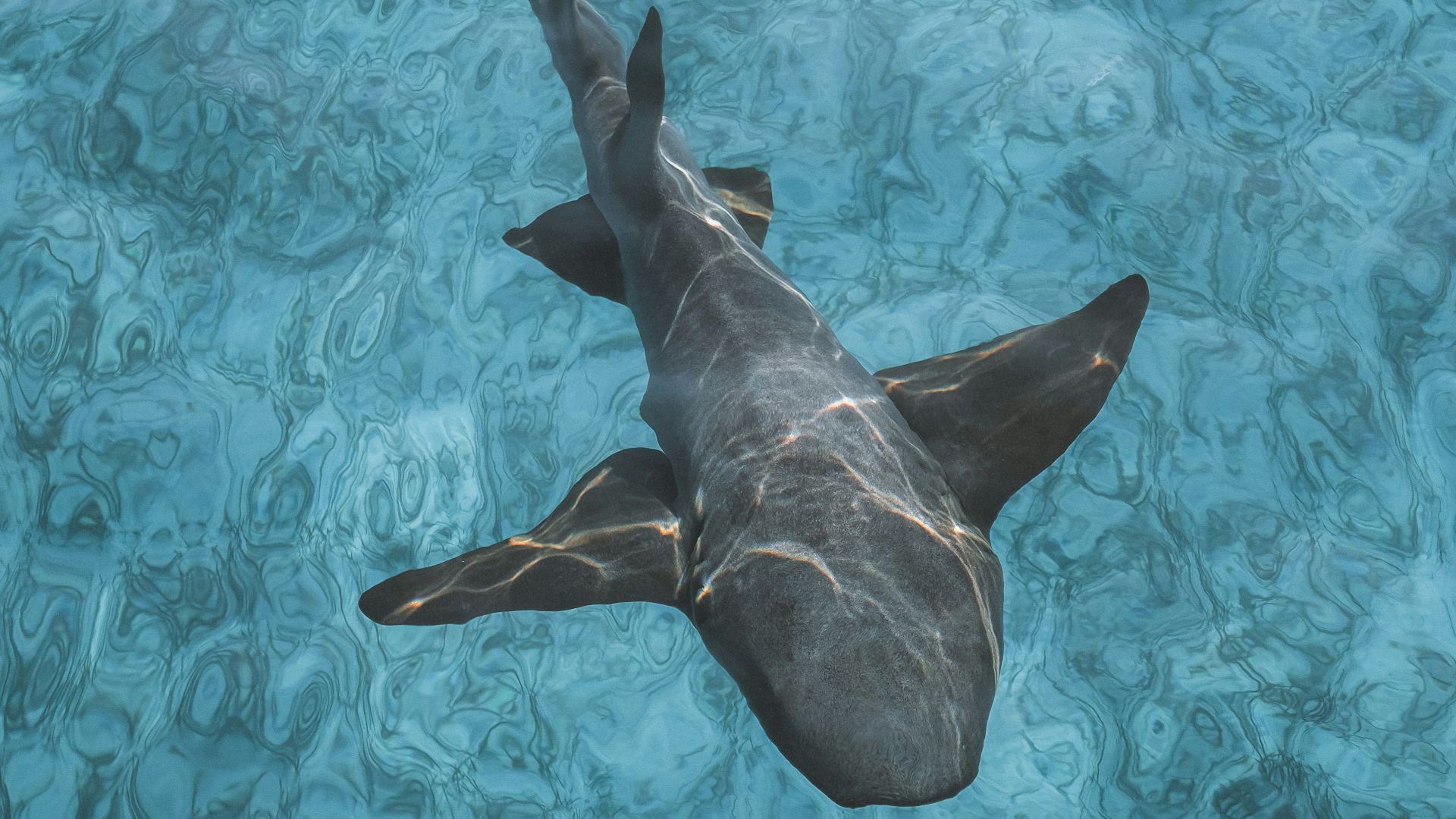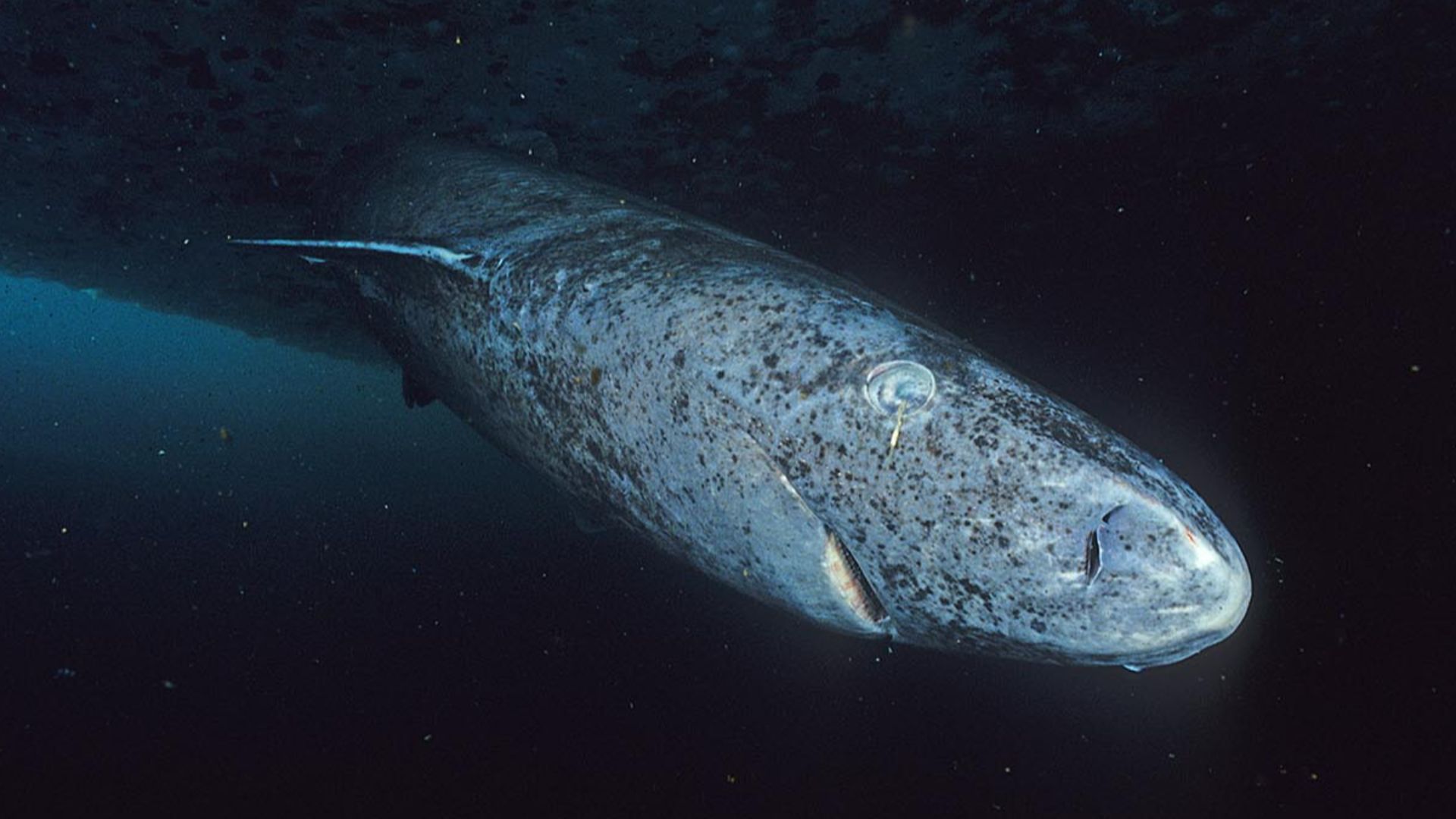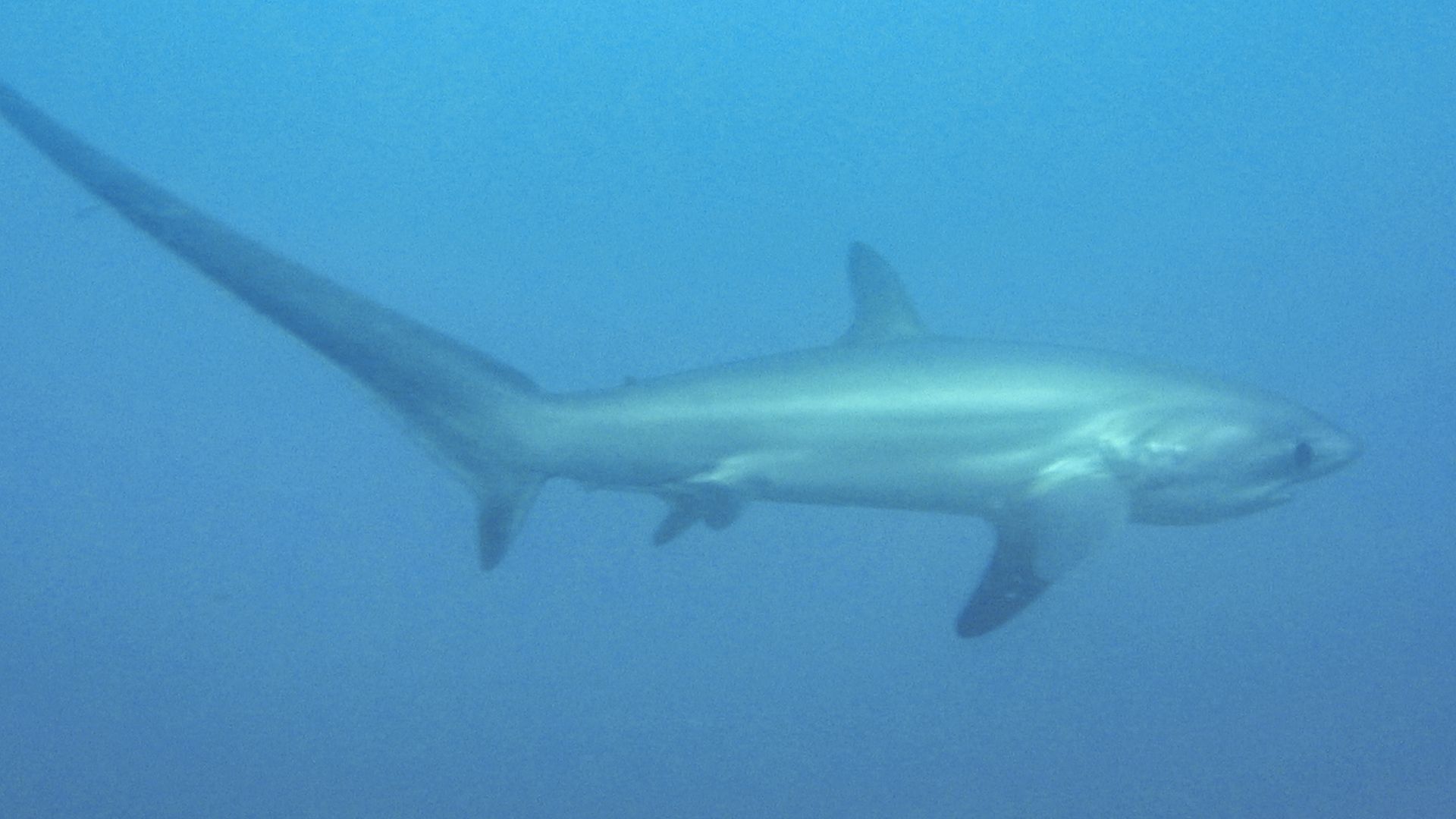You're Gonna Need A Bigger Boat: 10 Sharks That’ll Keep You From The Water & 10 To Dive In With
You're Gonna Need A Bigger Boat: 10 Sharks That’ll Keep You From The Water & 10 To Dive In With
The Apex of the Seas
Did you know more people pass from a vending machine falling on them than a shark attack? In fact, sharks get a false reputation as being dangerous to humans, when in reality, they are curious and cautious predators that keep entire ecosystems afloat. With that in mind, here are some of the safest and most aggressive sharks out there.
1. Great White Shark
Starting with the ones with a dangerous reputation, great white sharks exist in coastal waters around the world. They can get up to 20 feet in size and mainly hunt seals. Known for their solitary nature, they do have more documented human attacks than other sharks, but this is mainly because they mistake humans for seals and disengage after a test bite.
2. Requiem Shark
Requiem sharks live in tropical and warm waters and can get up to 6 to 10 feet in length. They mainly hunt fish and squids, and are known to be fast swimmers. There have been a notable number of attacks, but this is probably because lots of humans explore the waters the sharks live in.
3. Tiger Shark
Considered one of the more aggressive sharks out there, these tigers live in tropical waters, making them intrinsic to human vacation destinations. They get their name from their dark stripes, and can get up to 14 feet in length. They’re also nocturnal hunters and prefer the shallow water where humans end up snorkeling.
4. Sand Tiger Shark
Sand Tigers unfortunately get a bad reputation, as they are known to rarely attack. However, accidental injuries have been reported when encountering this skittish creature. Getting up to 10 feet, it prefers to explore coastal water in hunt for crustaceans and small fish.
 Jeff Kubina from Columbia, Maryland on Wikimedia
Jeff Kubina from Columbia, Maryland on Wikimedia
5. Blacktip Reef Shark
These sharks tend to frenzy when they feed, and this has led to a few minor incidents of attacks. They mainly live in Indo-Pacific reefs and prefer to hunt small fish. In reality, they try to avoid humans when they can.
6. Hammerhead Shark
The Hammerhead is known across the world for its unique appearance. They like warm waters and prefer to hunt stingrays and squids mainly. They also get pretty big at 30 feet, but are generally shy. That being said, their large size and unpredictable nature have led to a few incidents.
7. Bull Shark
Now if there is a shark you genuinely want to avoid, it’s probably the bull shark. This is one of the few members of the species that is actually known to be very aggressive and territorial. They live in coastal waters and are responsible for a notable amount of unprovoked attacks. What makes them even more alarming is the fact that they do just fine in fresh water and have been encountered in rivers and lakes.
8. Spinner Shark
Spinner sharks can grow up to 10 feet and live in the waters near the Gulf of Mexico and the Caribbean. They prefer to hunt sardines and anchovies, and also frenzy when they feed. It’s usually during these frenzies that humans get injured. Maybe just give them a little space during dinner time.
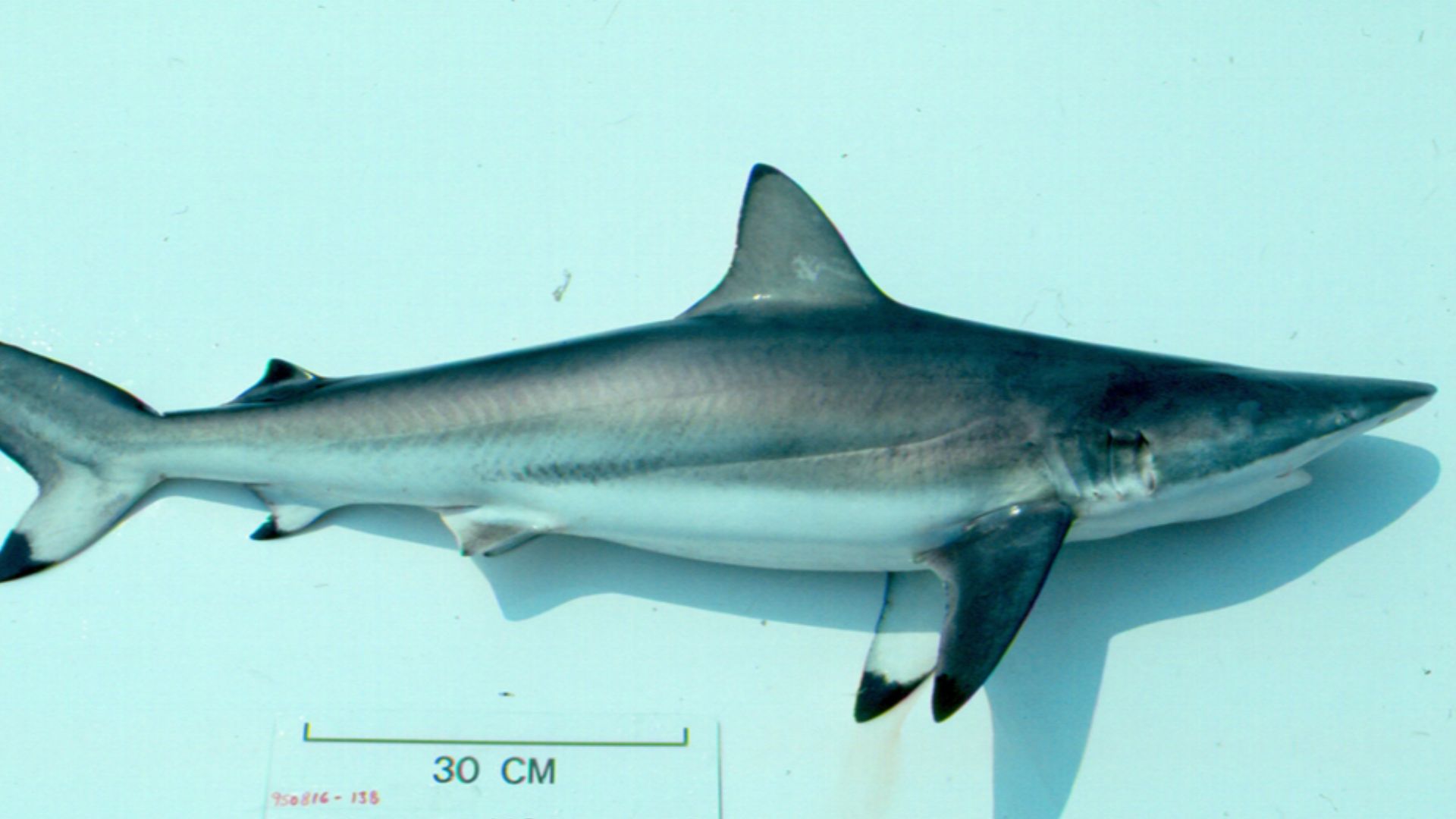 Apex Predators Program, NOAA/NEFSC on Wikimedia
Apex Predators Program, NOAA/NEFSC on Wikimedia
9. Oceanic Whitetip Shark
This shark can get up to 10 feet and also enjoys hunting fish and squids, and even seabirds that get too close. They prefer the open ocean and have a sleek look to them. While attacks remain rare, they’ve been known to gang up on humans involved in wreckages.
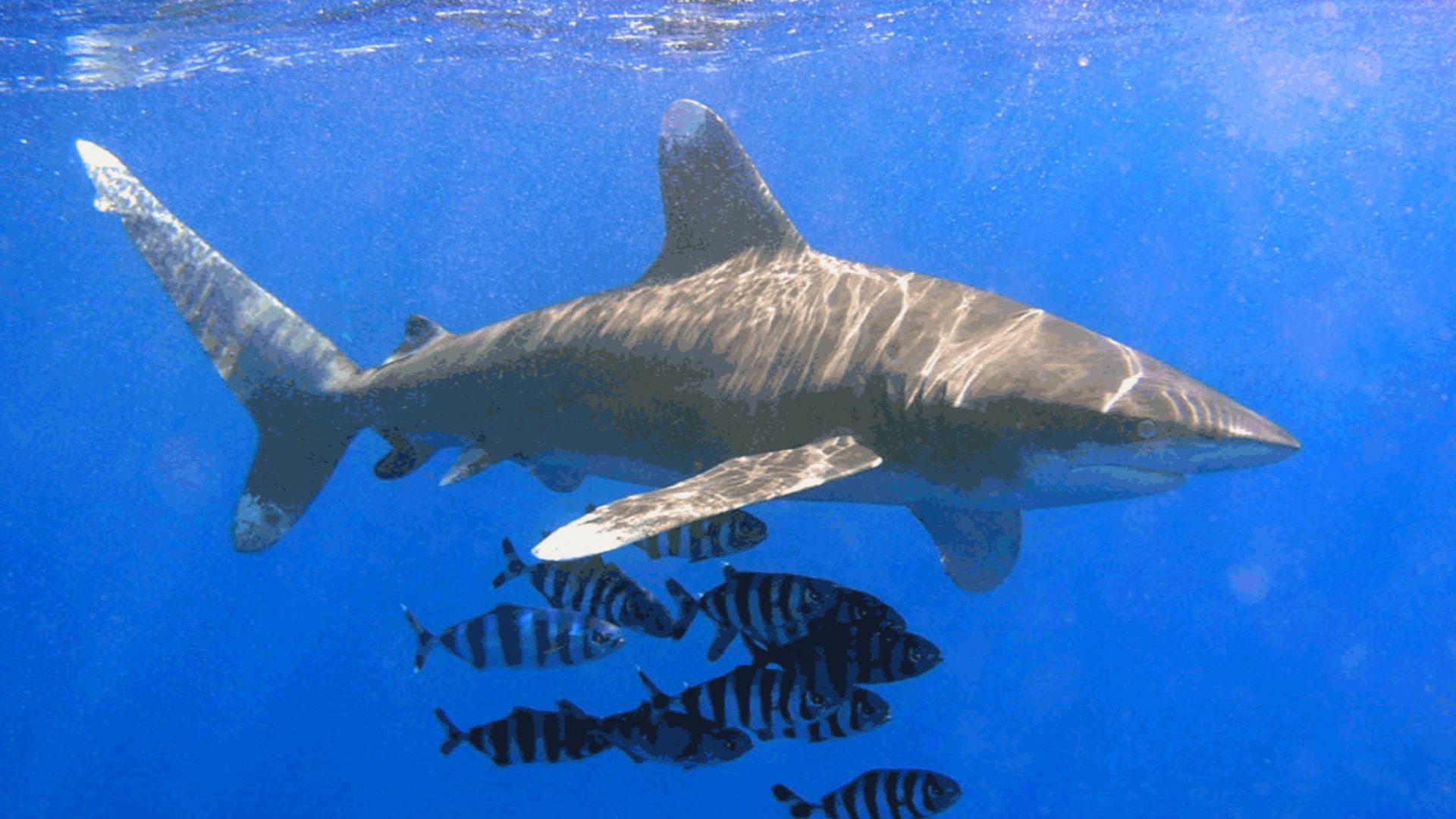 The original uploader was OldakQuill at English Wikipedia. on Wikimedia
The original uploader was OldakQuill at English Wikipedia. on Wikimedia
10. Shortfin Mako Shark
This shark enjoys hunting in the deep waters far away from the coast and focuses mainly on tuna and mackerel. It’s also incredibly fast, and it’s rare for attacks to happen. Interestingly enough, it has been known to jump onto boats on accident.
Now that we’ve talked about the arguably dangerous sharks out there, here are 10 that are known for their gentle and safe nature.
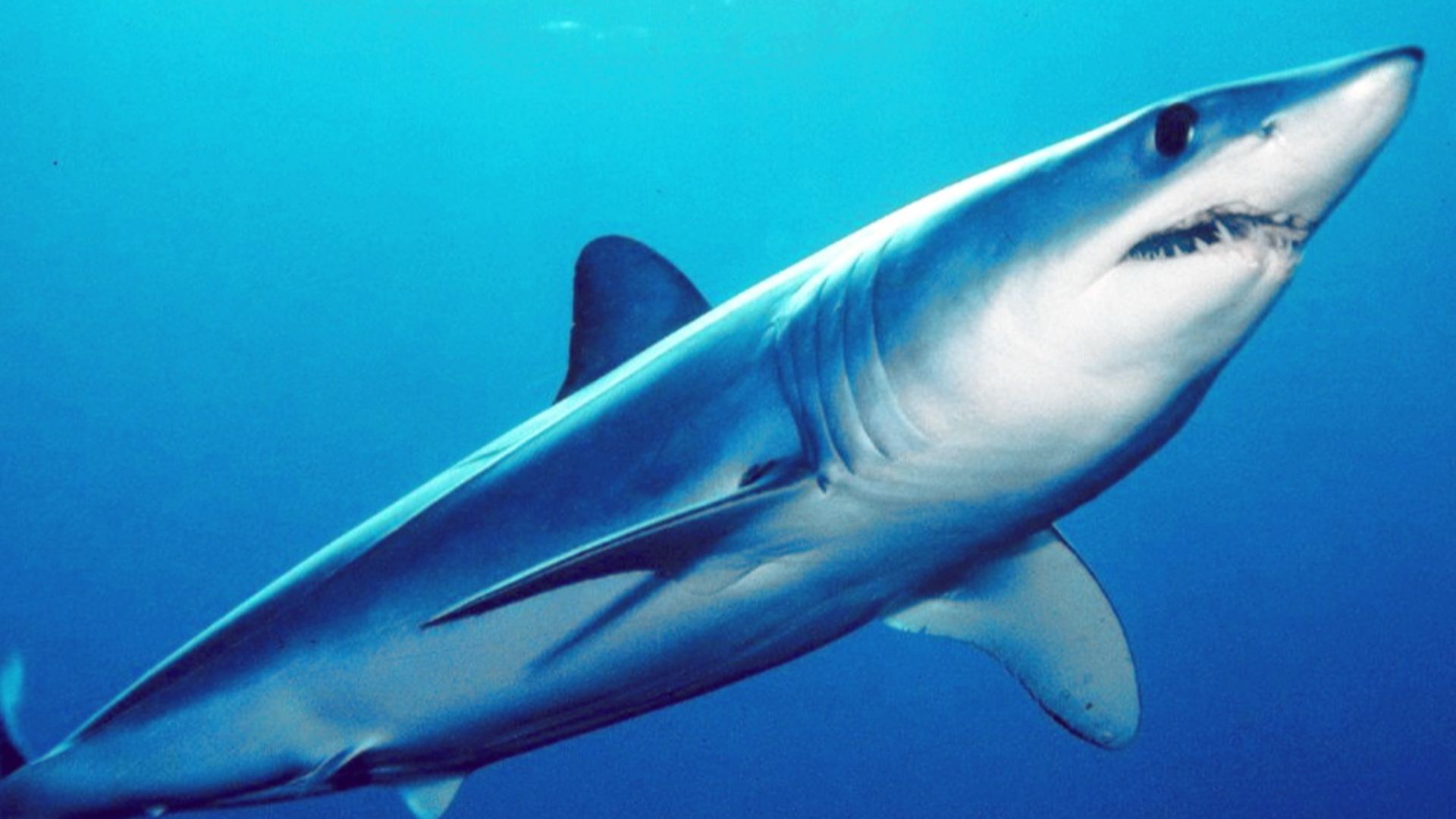 Mark Conlin, SWFSC Large Pelagics Program on Wikimedia
Mark Conlin, SWFSC Large Pelagics Program on Wikimedia
1. Angel Shark
With a name like that, it’s no surprise that the angel shark has a docile temperament. It very rarely bites and will only do so defending itself. For the most part, it lays motionlessly on the seafloor and can get up to 7 feet in length.
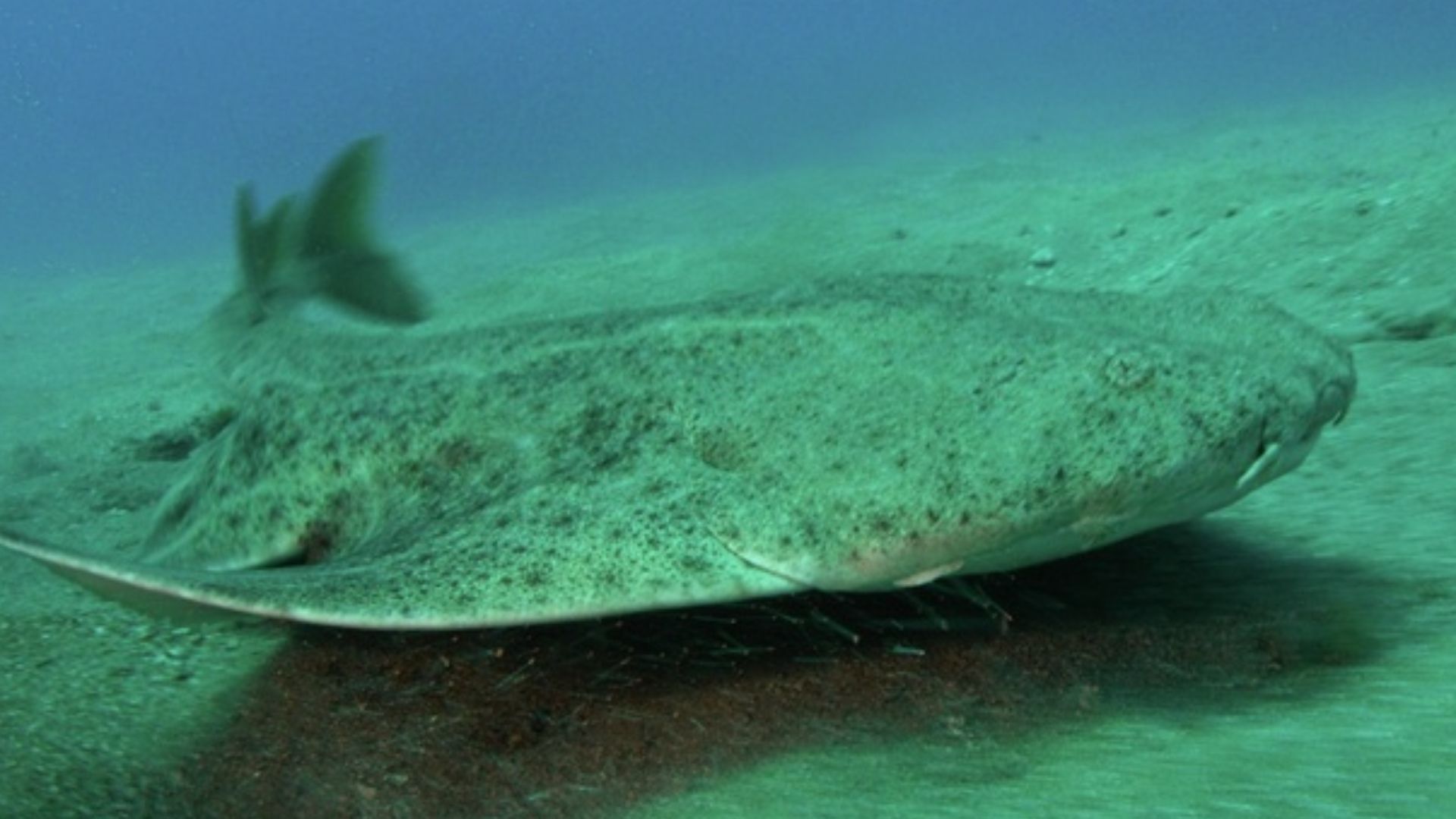 Philippe Guillaume on Wikimedia
Philippe Guillaume on Wikimedia
2. Nurse Shark
The nurse shark may have an intimidating appearance, but it’s so harmless that it’s often kept in aquarium touch pools. They’re actually quite slow, and prefer to hang around shallow waters in search of shrimp.
3. Whale Shark
Whale sharks are actually the biggest fish on the planet, and they can be found in tropical waters all over the world. Despite their immense size of 40 feet, they are filter feeders and are completely relaxed when humans swim with them.
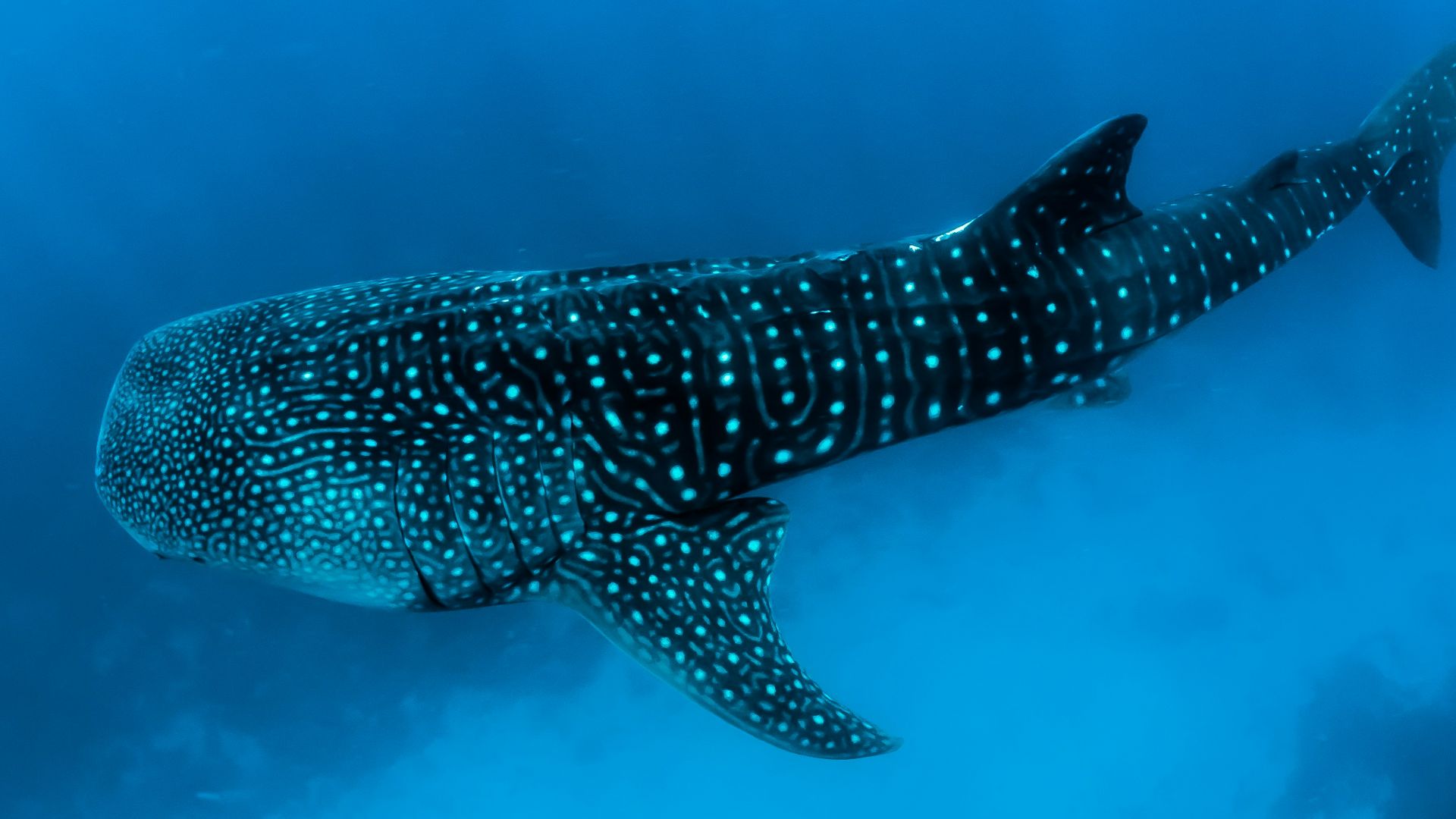 Sebastian Pena Lambarri on Unsplash
Sebastian Pena Lambarri on Unsplash
4. Leopard Sharks
Leopard sharks are nothing like the feline predator they derive their name from. They’re a bit skittish and scared of people, but there have never been any recorded attacks. For the most part, they hang out in shallow waters in search of crustaceans.
5. Smoothhounds
Smoothhounds are a kind of coastal shark that gets up to 5 feet in length. They have grayish bodies and a diet consisting of crabs and shrimp. Many divers have hung with these sharks with no ill effects.
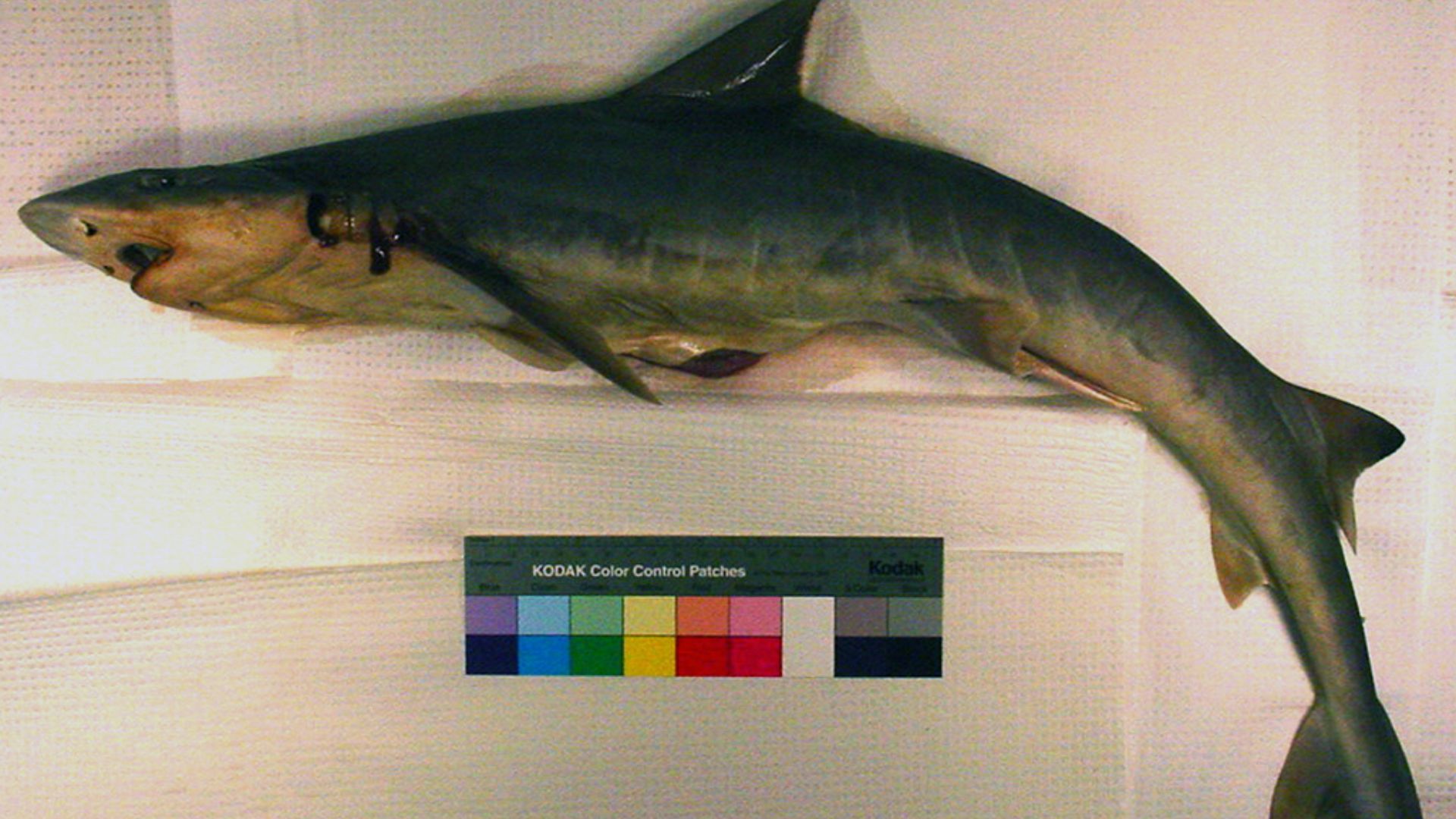 The U.S. Food and Drug Administration on Wikimedia
The U.S. Food and Drug Administration on Wikimedia
6. Basking Shark
The basking shark has one of the most unique appearances out there, able to open its mouth extremely wide in order to filter feed on plankton. It’s also the second-largest shark in the world, getting up to 22 feet. Despite its appearance, it hangs in cold waters and is entirely passive to humans.
7. Caribbean Reef Shark
Many vacation-goers happen across this shark in the Caribbean Sea. Its size ranges from 6 to 10 feet, but it’s more interested in finding fish than it is bugging humans. It swims with divers all the time and is rarely aggressive.
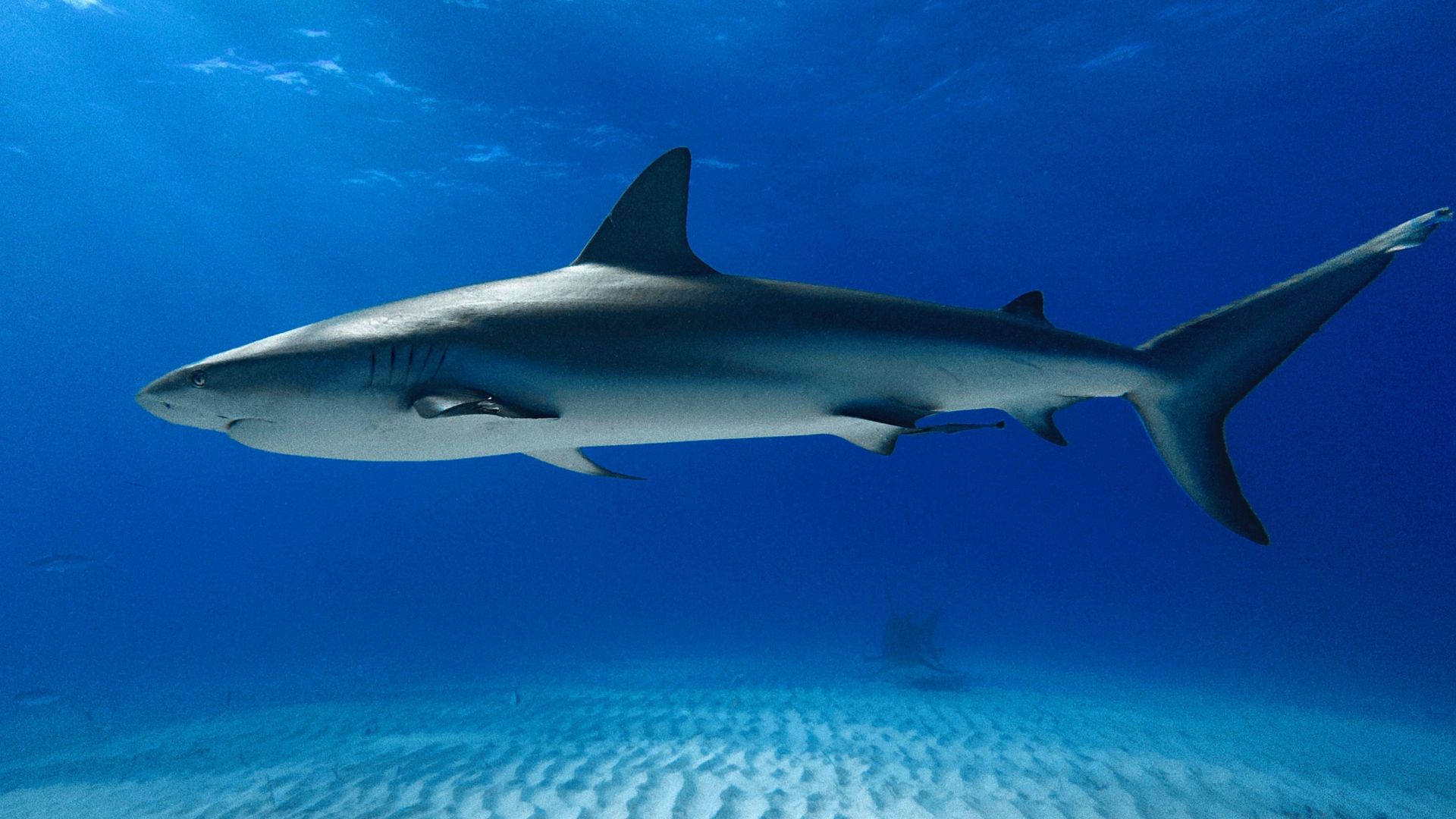 Dennis Hipp (Zepto) on Wikimedia
Dennis Hipp (Zepto) on Wikimedia
8. Bamboo Shark
The bamboo shark is quite small, measuring only about 3 feet most times. It has a slender body and hangs around the reefs of the Indo-Pacific oceans. It’s also very docile and is often kept in aquariums.
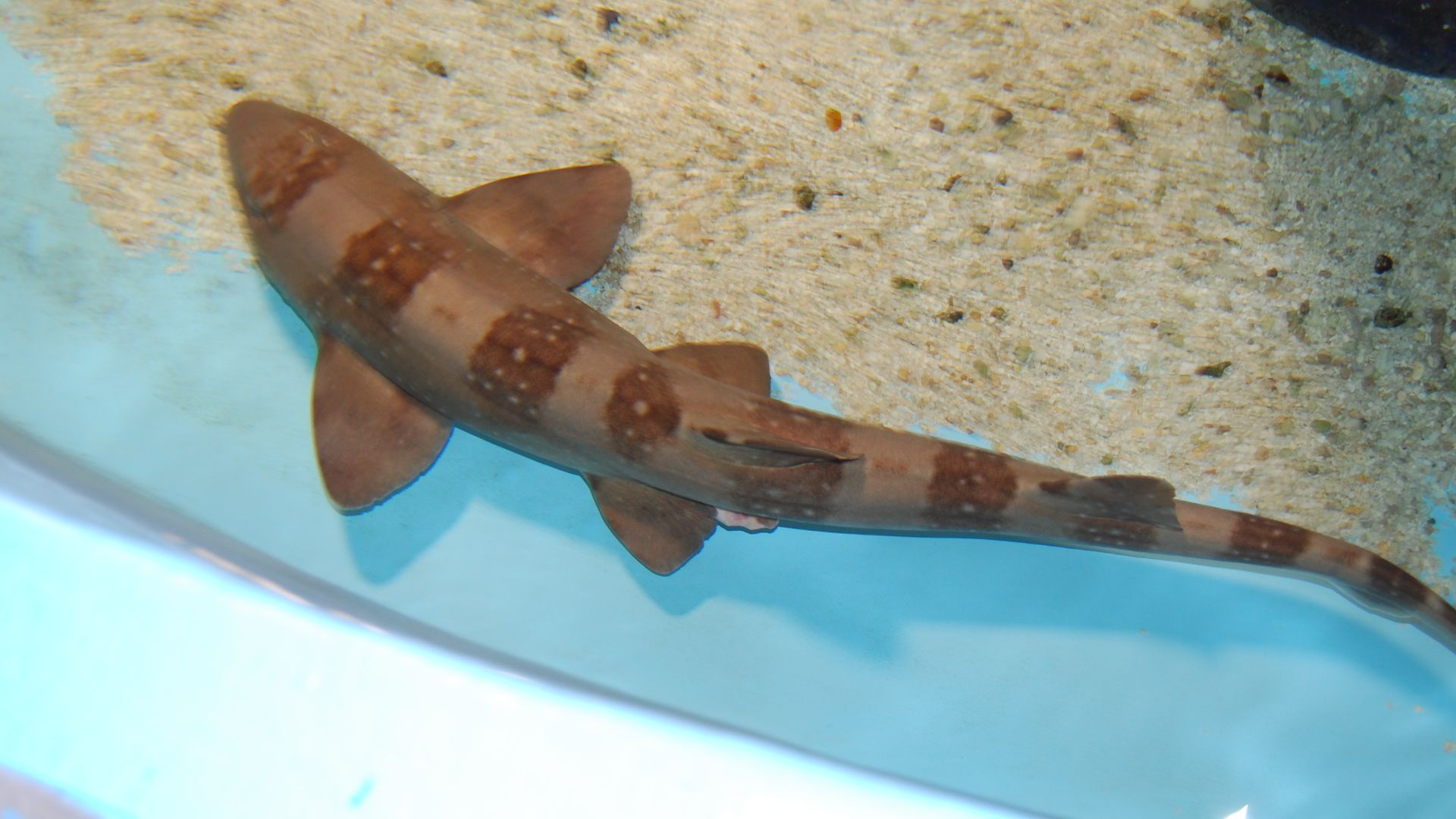 Eddie Maloney from North Las Vegas, USA on Wikimedia
Eddie Maloney from North Las Vegas, USA on Wikimedia
9. Greenland Shark
The Greenland Shark is one of the coolest fishes in the sea, known for its incredibly long lifespan, with most contenders reaching 250 to 500 years old. With this wisdom in mind, it’s a slow-moving deep-sea scavenger who is hard to come by, since most humans avoid its cold habitats.
10. Thresher Shark
Finally, the Thresher shark does its hunting in the open oceans and goes after schools of fish. It’s decently sized at 10 to 20 feet in length, and has a shy nature that keeps it from humans.


